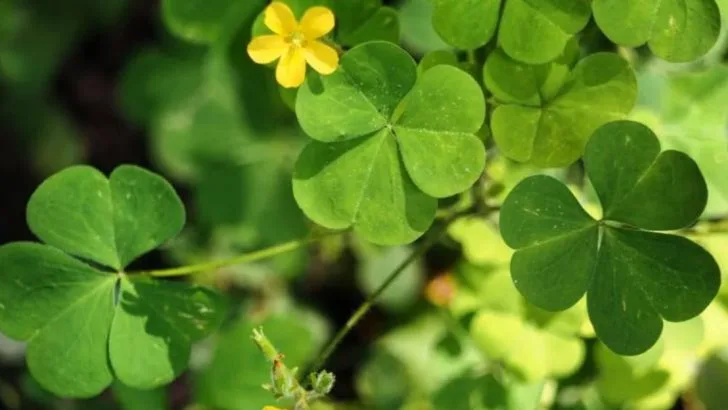Did you know that some plants can actually tell you what your soil is missing—without a single test? These natural indicators have evolved to thrive in specific conditions, making them a powerful tool for understanding soil health just by observation.
Whether your garden is lacking nitrogen, suffering from poor drainage, or has a pH imbalance, certain plants will appear—or struggle—accordingly. These 15 insightful species offer visible clues about what’s happening beneath the surface.
Forget expensive kits and complicated diagnostics. With the right knowledge, you can use your plants as a living guide to build healthier soil, grow stronger crops, and create a garden that practically speaks to you.
Clover
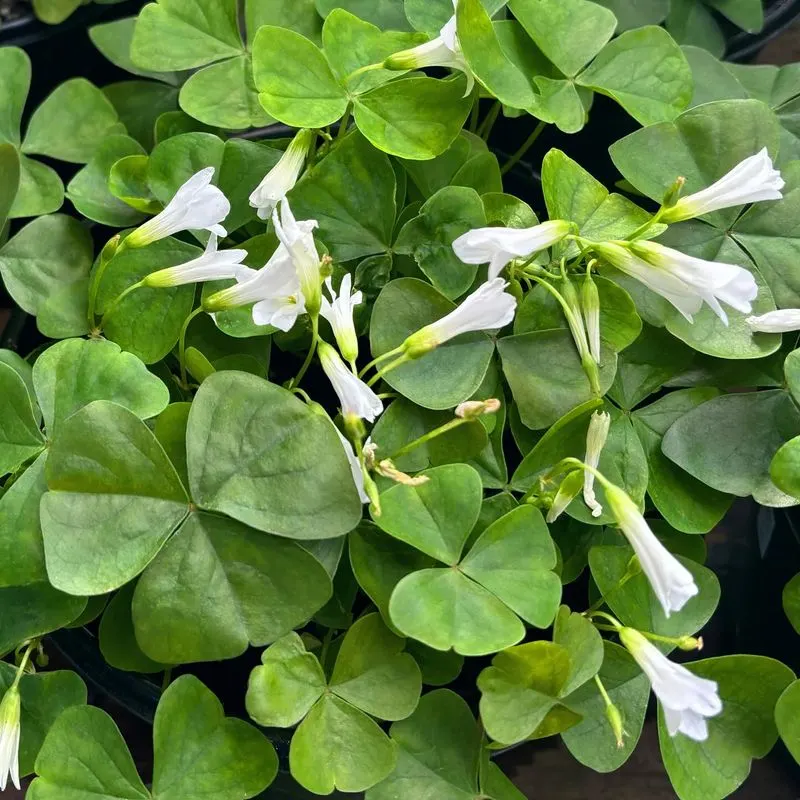
Clover is not just a lucky charm; it’s a nitrogen-fixing powerhouse. When you spot clover thriving in your lawn, it’s signaling a nitrogen deficiency in the soil. Clover’s ability to fix atmospheric nitrogen can naturally enrich the soil, which is why it often appears in nitrogen-poor areas. It’s a great indicator of soil health for those who prefer less chemical intervention. The presence of clover can also mean that your lawn may benefit from aeration and organic matter addition. Try appreciating this humble plant as a natural green ally rather than a pesky invader.
Blue Hydrangeas
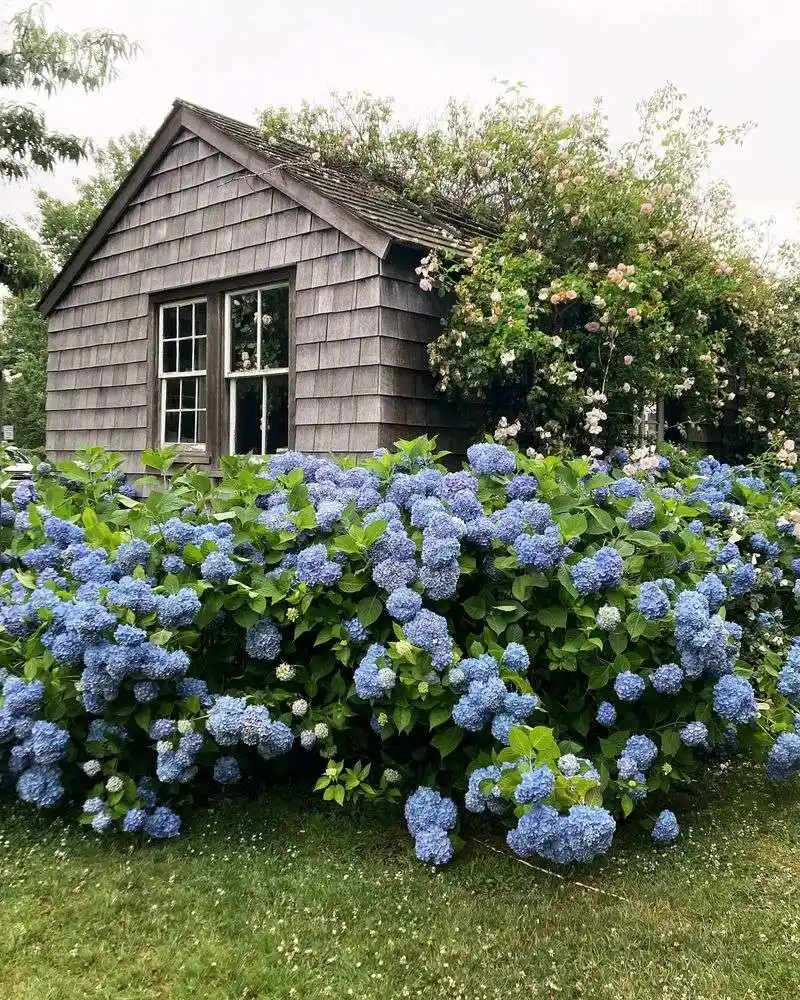
The vibrant blue hue of hydrangeas is more than just eye-catching; it’s a clear indicator of acidic soil. When the soil pH is below 6, hydrangeas take on their famous blue color, a beautiful yet informative transformation. If you’re aiming for pink or purple blooms, your soil might need a lime treatment. These plants offer a visual cue to the acidity level, without the need for pH meters. It’s a fascinating way to gauge soil pH and adjust your gardening practices accordingly. Next time you admire their beauty, consider the story they tell about your soil’s condition.
Yellow Sorrel
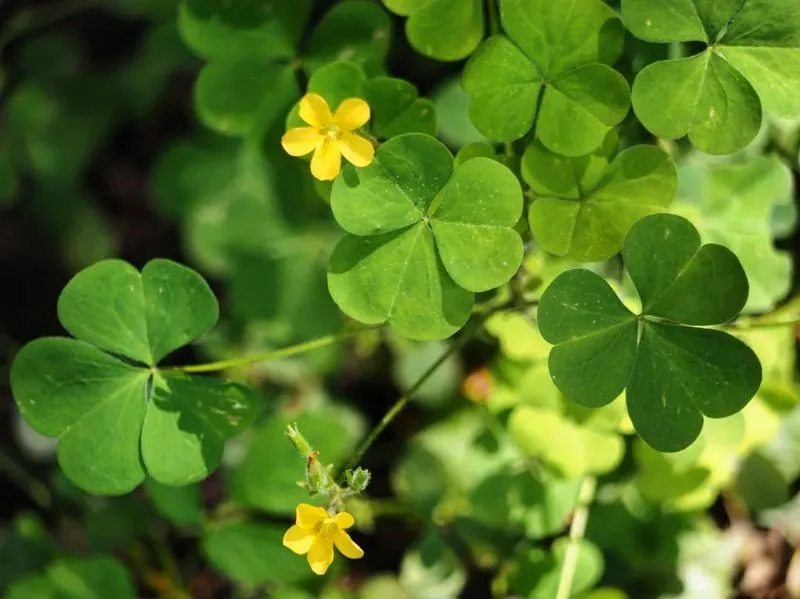
Also known as oxalis, yellow sorrel is a plant that thrives in acidic soils. Its presence often indicates that your soil could use a pH adjustment for better overall plant health. A frequent visitor in gardens, it is easily recognizable by its bright yellow flowers and clover-like leaves. This plant can be a delight to some but a nuisance to others, depending on your gardening goals. If you prefer a neutral or alkaline soil, consider adding lime to balance the pH levels where yellow sorrel appears. It’s a plant with a message, speaking clearly about your soil’s needs.
Chicory
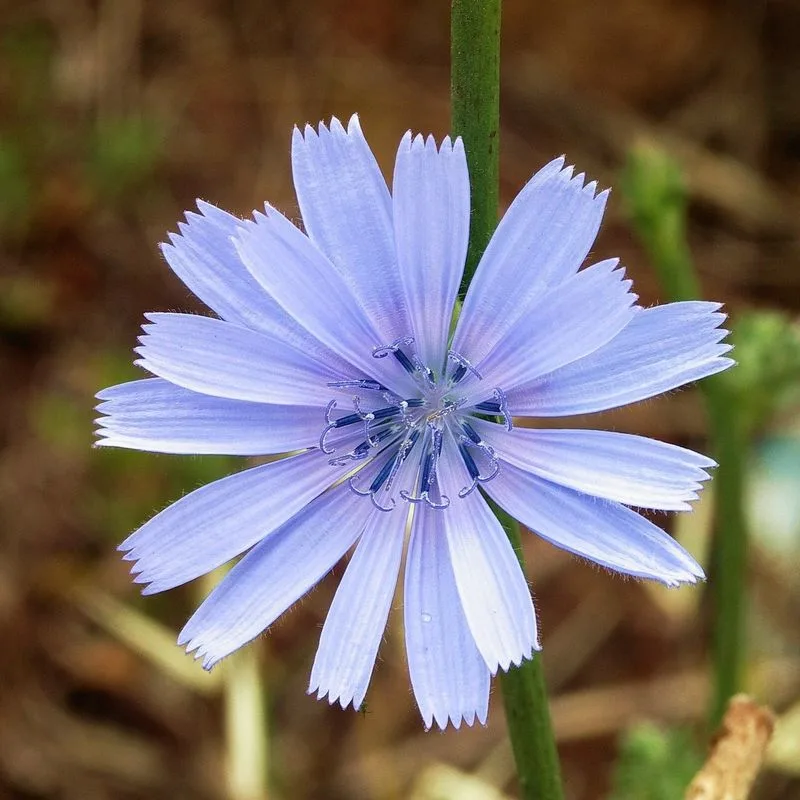
Chicory proudly stands tall with its beautiful blue flowers, typically flourishing in compacted or poor soils. This plant is a sign that your soil could benefit from aeration or the addition of organic matter. Often seen along roadsides, chicory has deep roots that break up tough soil, allowing for better water penetration. It’s nature’s way of telling you that your garden’s soil might be struggling. Consider it a signal to improve soil structure, and you may soon see other plants thriving alongside chicory. Use it as a natural diagnostic tool for your garden’s health.
Dandelion
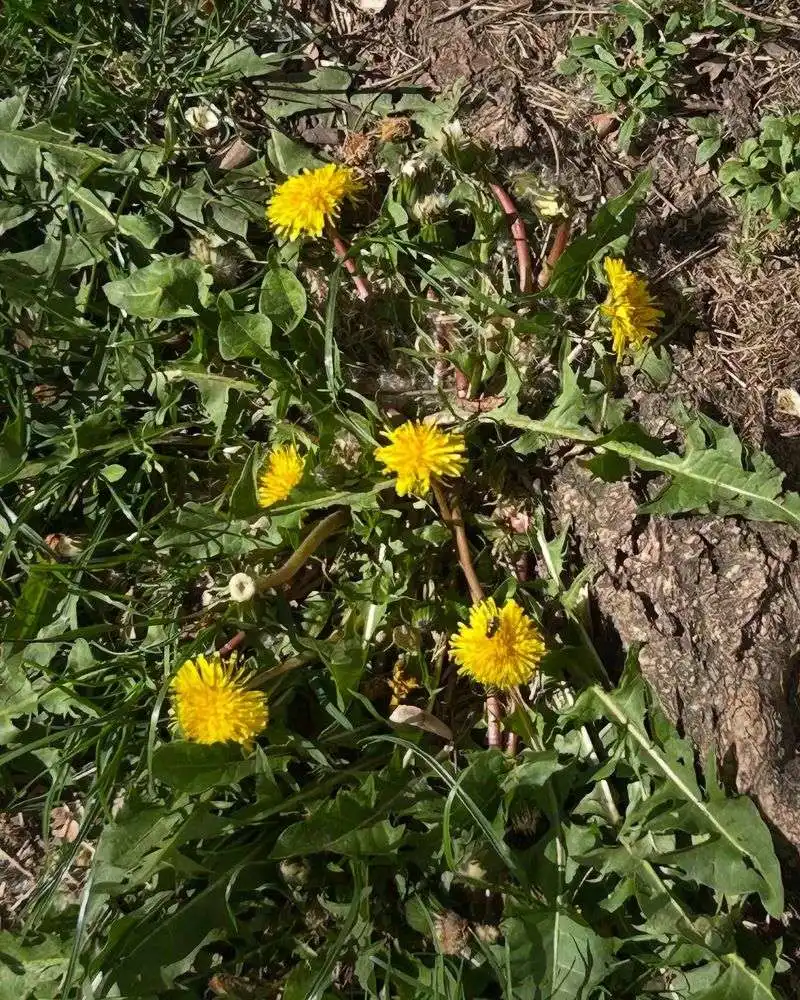
Dandelions are more than just resilient weeds; they are indicators of soil that is low in calcium or compacted. Their appearance often suggests the need for aeration or calcium amendments to enhance soil quality. These bright yellow flowers are not just persistent; they are nature’s way of nudging you to pay attention to your soil’s health. The deep taproots of dandelions help bring nutrients to the surface, supporting soil fertility. By observing dandelions, gardeners can gain insights into their soil’s needs and potentially improve overall plant growth.
Stinging Nettle
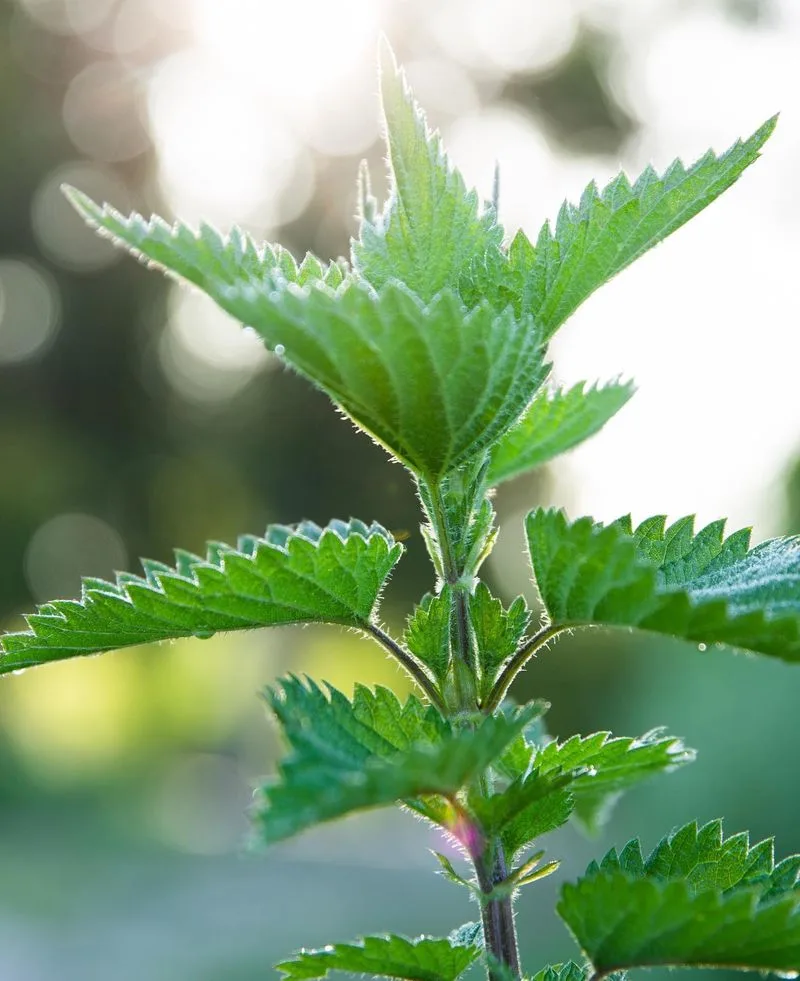
Stinging nettle isn’t just a wild plant that causes irritation; it’s an indicator of fertile but acidic soils. If you find nettles thriving in your garden, it’s a sign that while your soil is nutrient-rich, it may also be too acidic for some plants. The presence of nettles suggests that adjusting the pH could help broaden the range of plants that can thrive there. Nettles are more than a garden annoyance; they offer a peek into the nutrient balance and acidity of your soil. Consider them a signal to adjust pH levels if necessary for plant diversity.
Mullein
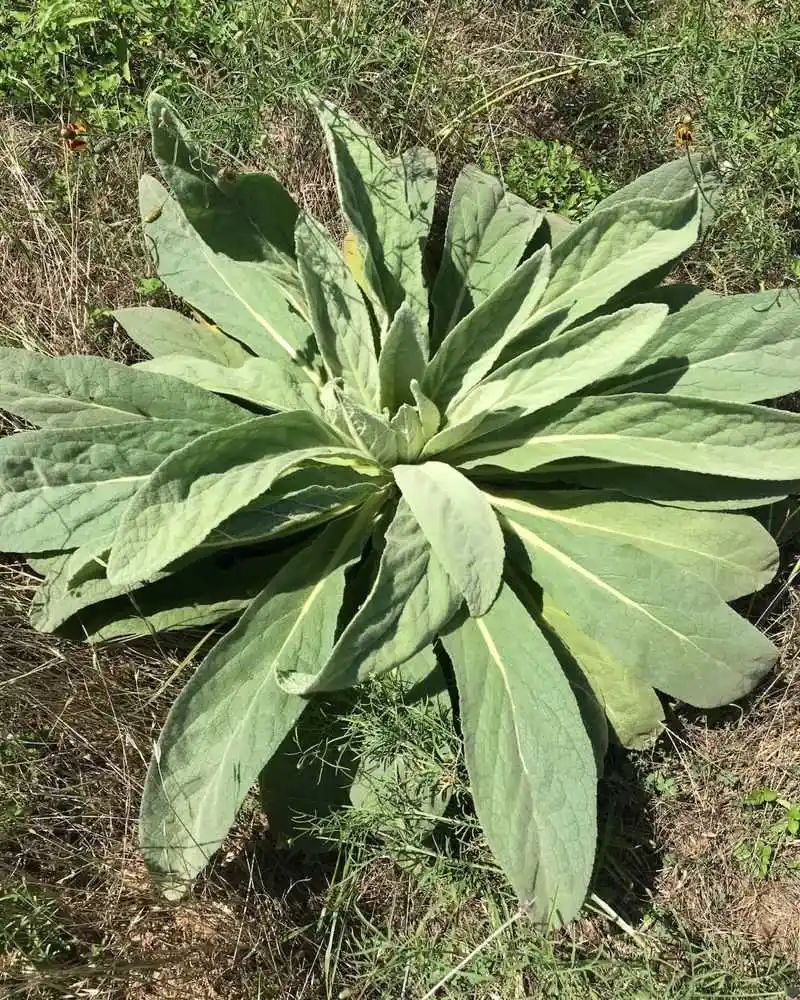
Mullein, with its towering presence and velvety leaves, often grows in poor, dry soil conditions. This plant indicates low fertility but also resilience, capable of thriving where others may struggle. Its appearance suggests that the soil could benefit from organic matter to improve fertility and moisture retention. Despite its rather imposing stature, mullein offers important clues about the soil’s condition. By paying attention to this plant, gardeners can make informed decisions to amend their soil, creating a more hospitable environment for a variety of plants.
Plantain
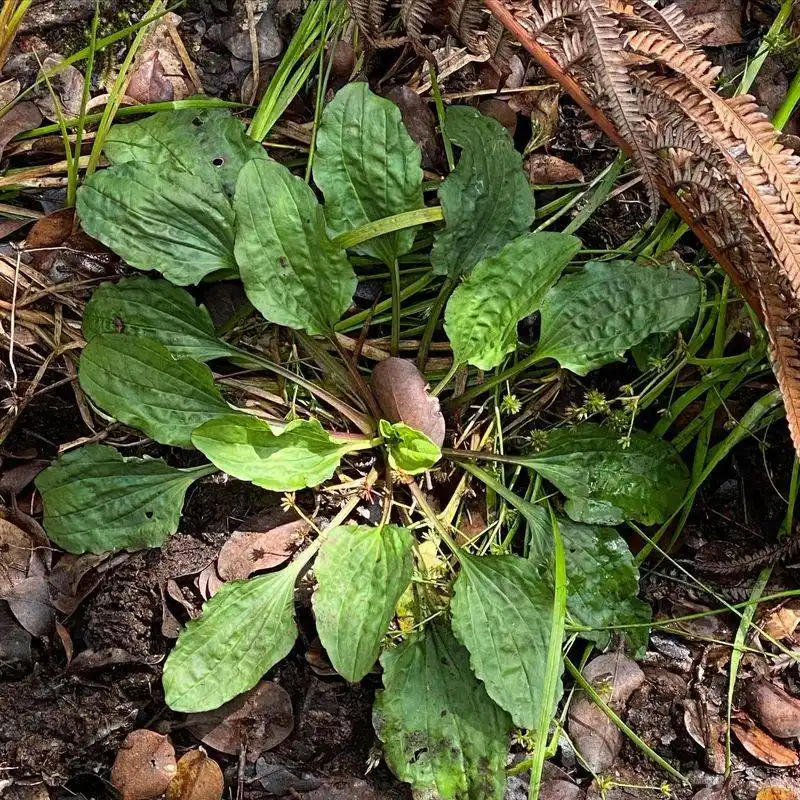
Broadleaf plantain often signals compacted soil and can be a common sight in neglected lawns. Its presence might indicate that aeration is needed to improve soil health and structure. The plantain’s tenacity and ability to thrive in less-than-ideal conditions make it an excellent indicator of soil compaction. For gardeners, its appearance is a gentle reminder to regularly aerate and enrich the soil to encourage healthier, more vibrant plant growth. Embrace this plant as a natural indicator of soil conditions, signaling when it might be time to take action.
Wild Violets
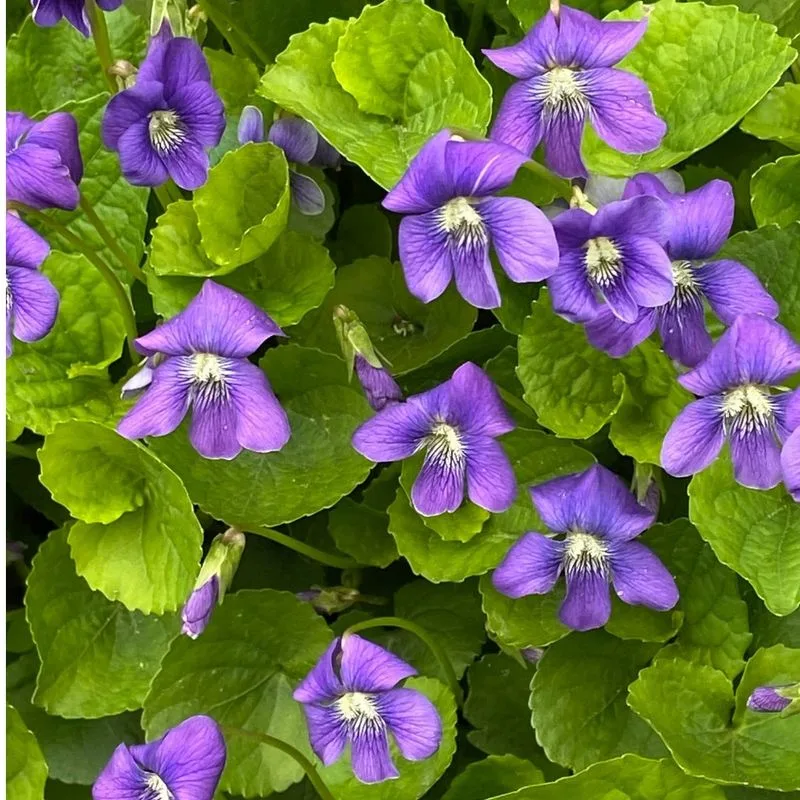
Wild violets thrive in shady, moist areas and can indicate a need for improved drainage or less moisture in your soil. Their presence suggests that the soil retains water well, perhaps too well for certain plants to thrive. Violets are not just a pretty addition to the garden; they offer subtle hints about moisture levels. For gardeners looking to balance their soil’s moisture content, wild violets provide valuable insight. Addressing drainage issues can help create a more balanced growing environment, accommodating a broader range of plants.
Broom Sedge
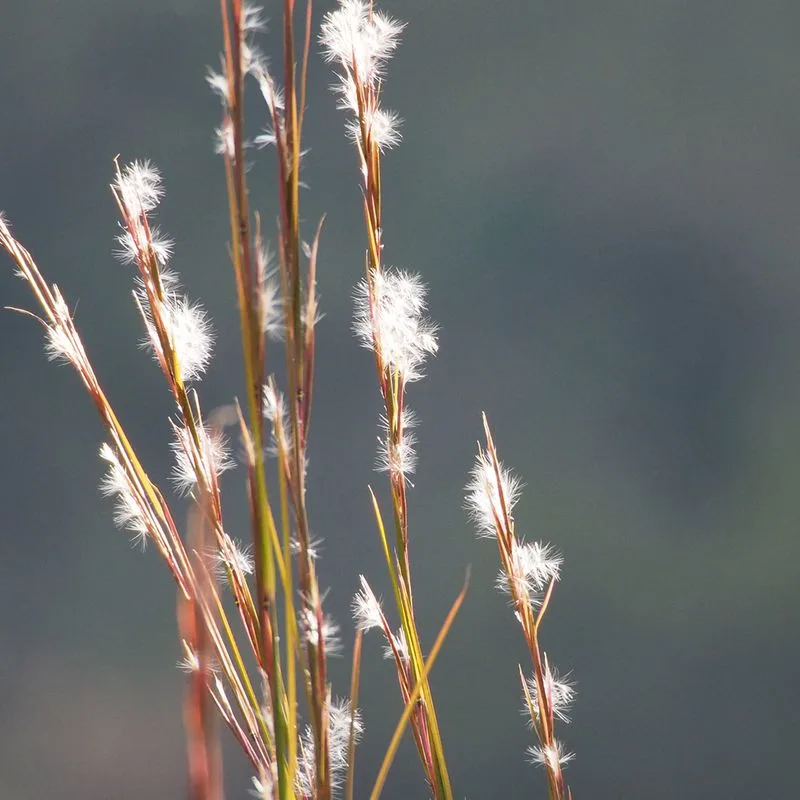
Broom sedge, with its distinctive orange-brown tufts, is a clear sign of acidic and nutrient-poor soil. Its presence suggests that lime applications could help neutralize the acidity and that organic matter might be needed to improve soil fertility. This plant’s resilience in challenging environments offers a natural clue to the soil’s condition. By observing broom sedge, gardeners gain a better understanding of when soil amendments might be necessary. It serves as an invitation to enrich the soil, making it more favorable for a variety of plant life.
Purple Deadnettle

Despite its ominous name, purple deadnettle is a friendly indicator of fertile soil rich in nitrogen. When it appears in your garden, it signals that your soil is doing well in terms of nutrient availability, particularly nitrogen. Its vibrant purple leaves add a splash of color while providing useful insights into soil health. Though often considered a weed, deadnettle’s presence is a comforting sign that your garden’s soil is nutrient-rich. This plant’s appearance can guide gardeners in maintaining or improving soil fertility for optimal plant growth.
Ribwort Plantain
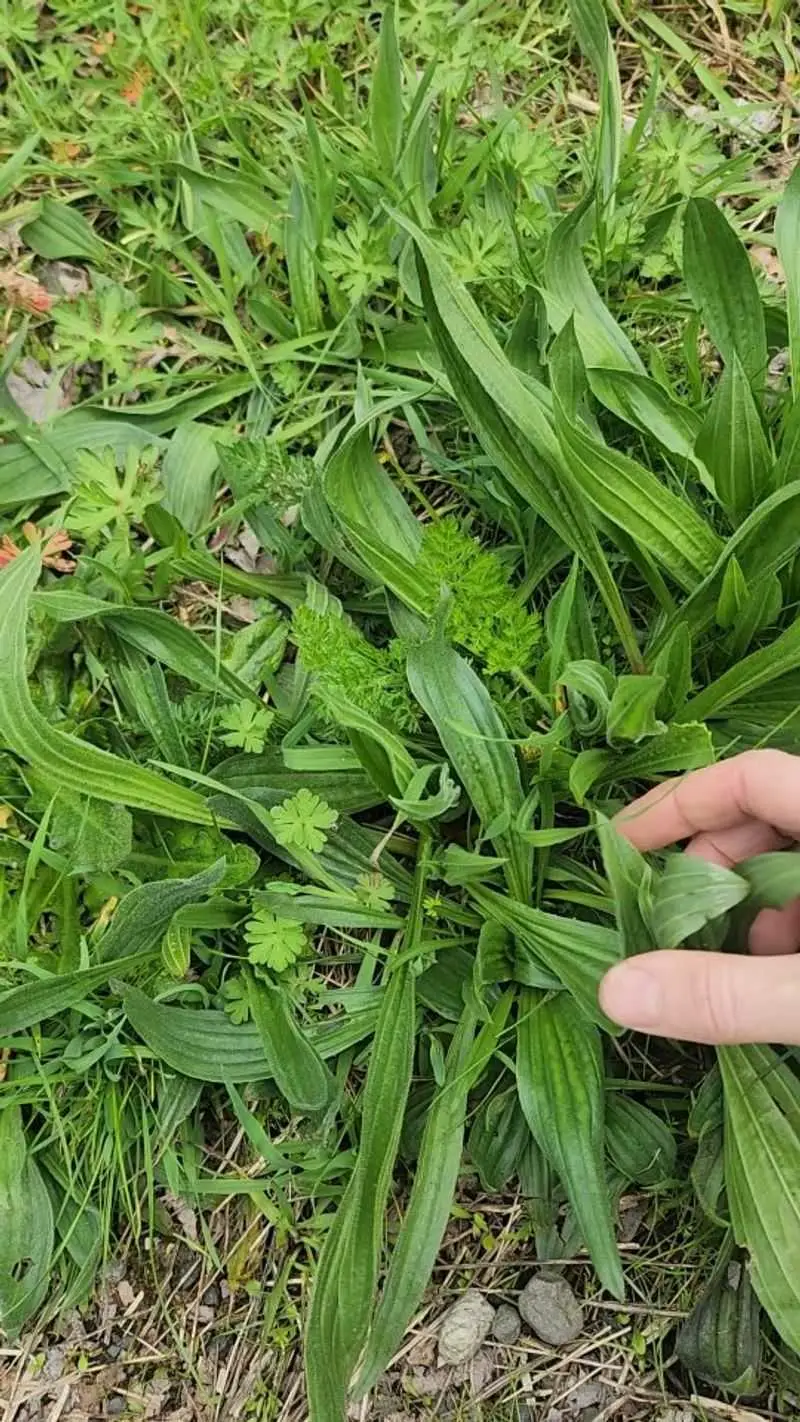
Ribwort plantain is often found in compacted, nutrient-poor soils. Its appearance suggests that aeration and organic matter can improve the soil’s structure and fertility. This plant’s resilience in tough conditions makes it an important indicator for gardeners looking to rejuvenate their soil. By paying attention to ribwort plantain, you can uncover clues about the underlying challenges your soil might face. Addressing soil compaction and nutrient deficiencies can lead to a healthier garden environment, supporting a wider range of plant species.
Purslane
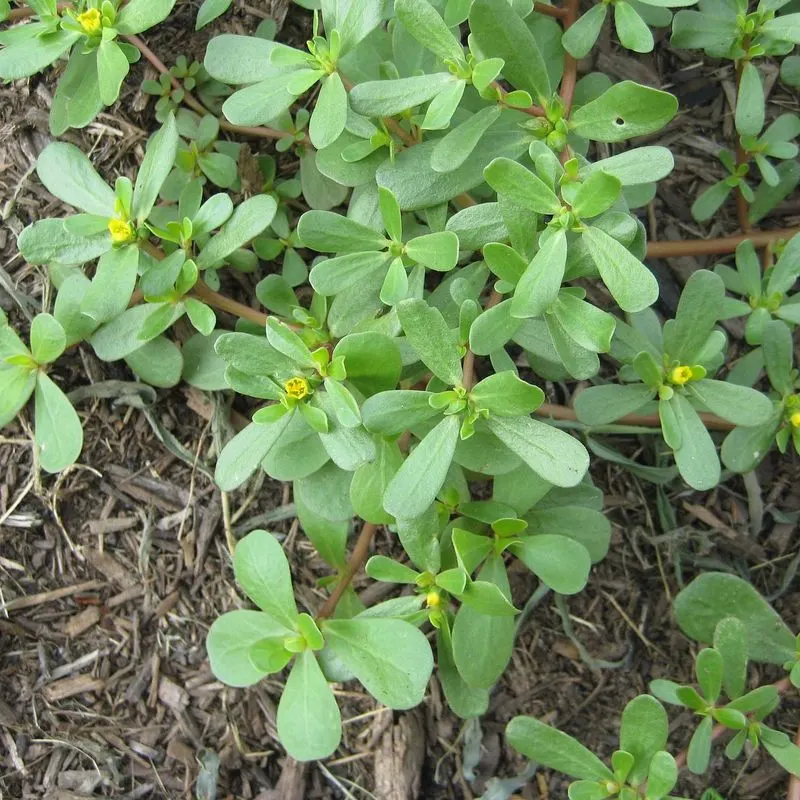
Purslane is a succulent that often thrives in nutrient-rich but compacted soils. Its presence indicates that while nutrients are plentiful, the soil might be too compacted for optimal growth. Purslane’s ability to grow in these conditions marks it as a useful guide for gardeners. Consider improving soil structure and drainage to complement the existing nutrient levels. As a culinary bonus, purslane is edible and packed with omega-3 fatty acids. This dual-purpose plant not only hints at soil condition but also offers a tasty addition to salads and dishes.
Thistle
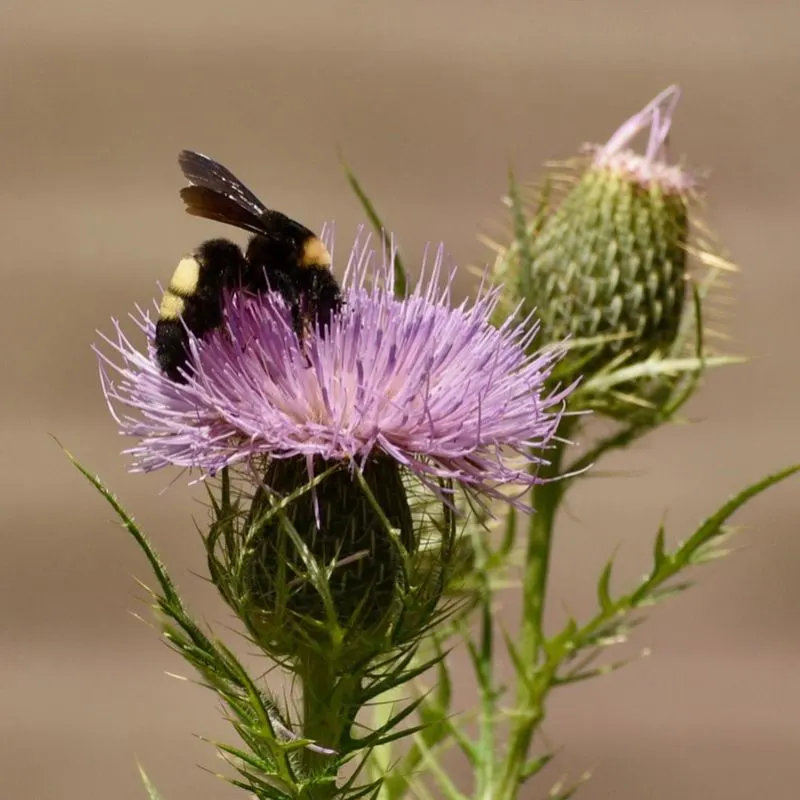
Thistle is notorious for thriving in fertile yet disturbed soils. It signifies that while your soil is rich in nutrients, it might also be suffering from issues like compaction or imbalance. The presence of thistle encourages gardeners to reassess soil management practices. Consider it a prompt to check soil fertility balance and ensure regular aeration. Despite its prickly nature, thistle serves as a powerful reminder of soil health. By addressing the conditions that favor thistle growth, you can help create a more balanced and inviting environment for other plants.
Common Mallow
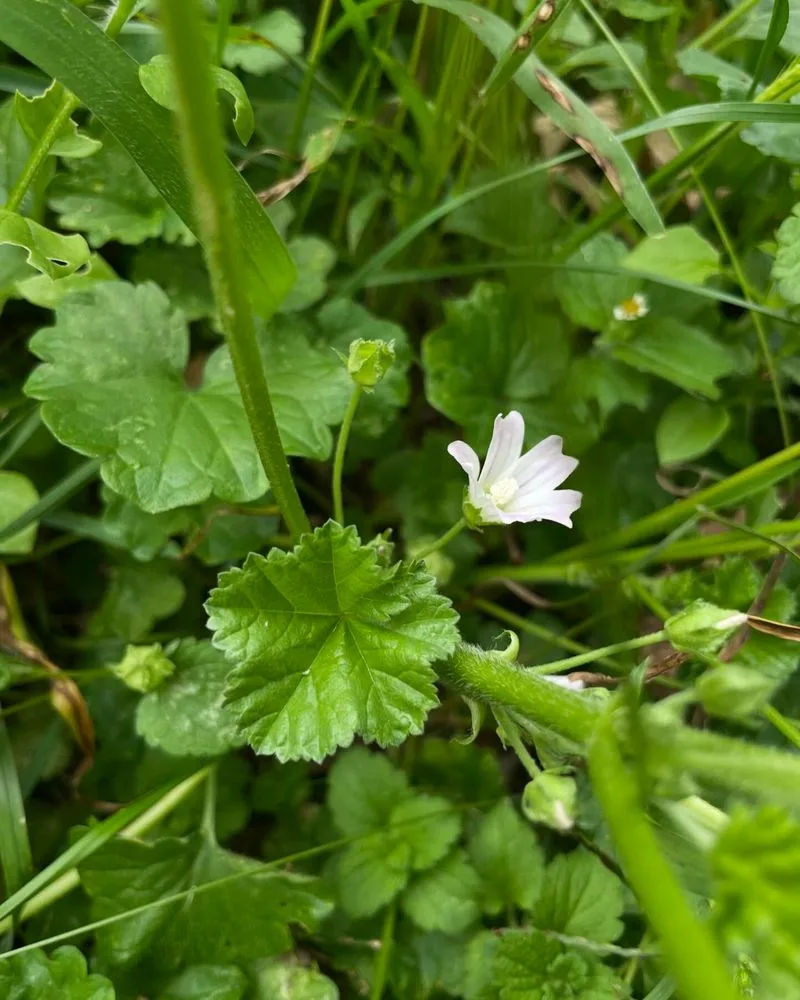
Common mallow’s appearance in your garden often points to nitrogen-poor soil conditions. Its ability to grow in less-than-ideal settings makes it an important indicator for gardeners. By observing mallow, you can infer that adding nitrogen-rich fertilizers or compost might be beneficial. This plant is a visual cue that your soil could use a nutrient boost to support healthier plant growth. Embrace common mallow as a guide to understanding and improving soil fertility, allowing for a more vibrant and productive garden environment.

